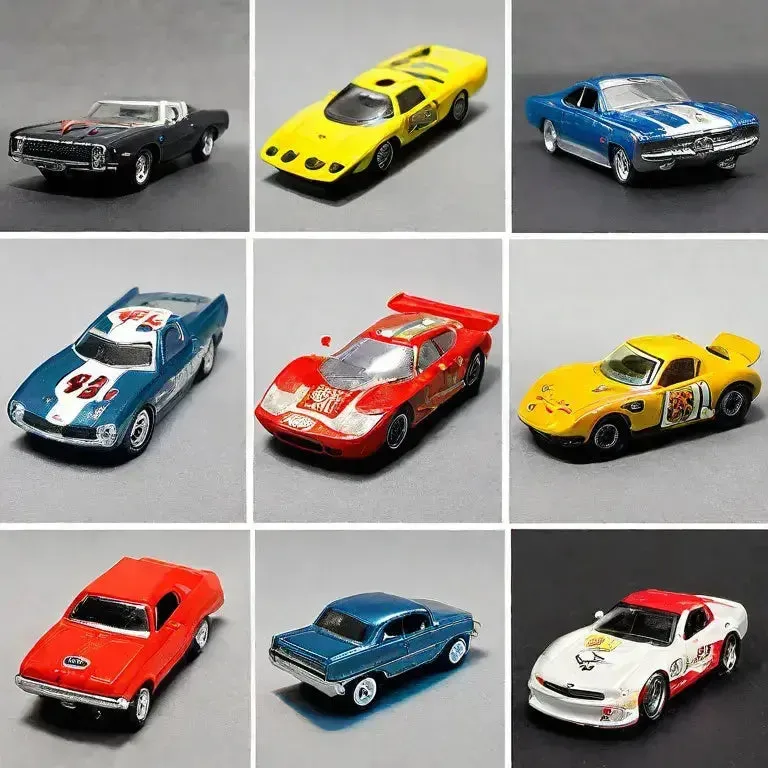What is Diecast Car Collecting
Diecast car collecting is a popular hobby that involves acquiring and displaying miniature replicas of automobiles. These models are typically made from diecast metal, a process where molten metal is injected into a mold. Collectors are drawn to diecast cars for various reasons, including the intricate details, historical significance, and the sheer variety of models available. The appeal extends beyond just the aesthetics, as many collectors see these models as investments, historical artifacts, or a way to connect with their passion for automobiles. Collecting diecast cars provides a unique blend of history, artistry, and the thrill of the hunt for rare and sought-after models.
The History of Diecast Cars
The history of diecast cars is rich and fascinating, dating back to the early 20th century. The earliest diecast models were produced in the early 1900s, initially as promotional items and toys. These early models were often simple in design and construction. The post-World War II era saw a surge in the popularity of diecast cars, with manufacturers like Dinky Toys and Corgi Toys leading the way. These brands introduced increasingly detailed and sophisticated models that captured the imagination of children and adults alike. The development of new manufacturing techniques and materials further enhanced the quality and realism of diecast cars. The hobby continues to evolve with new models, brands, and collectors joining the community.
Types of Diecast Cars
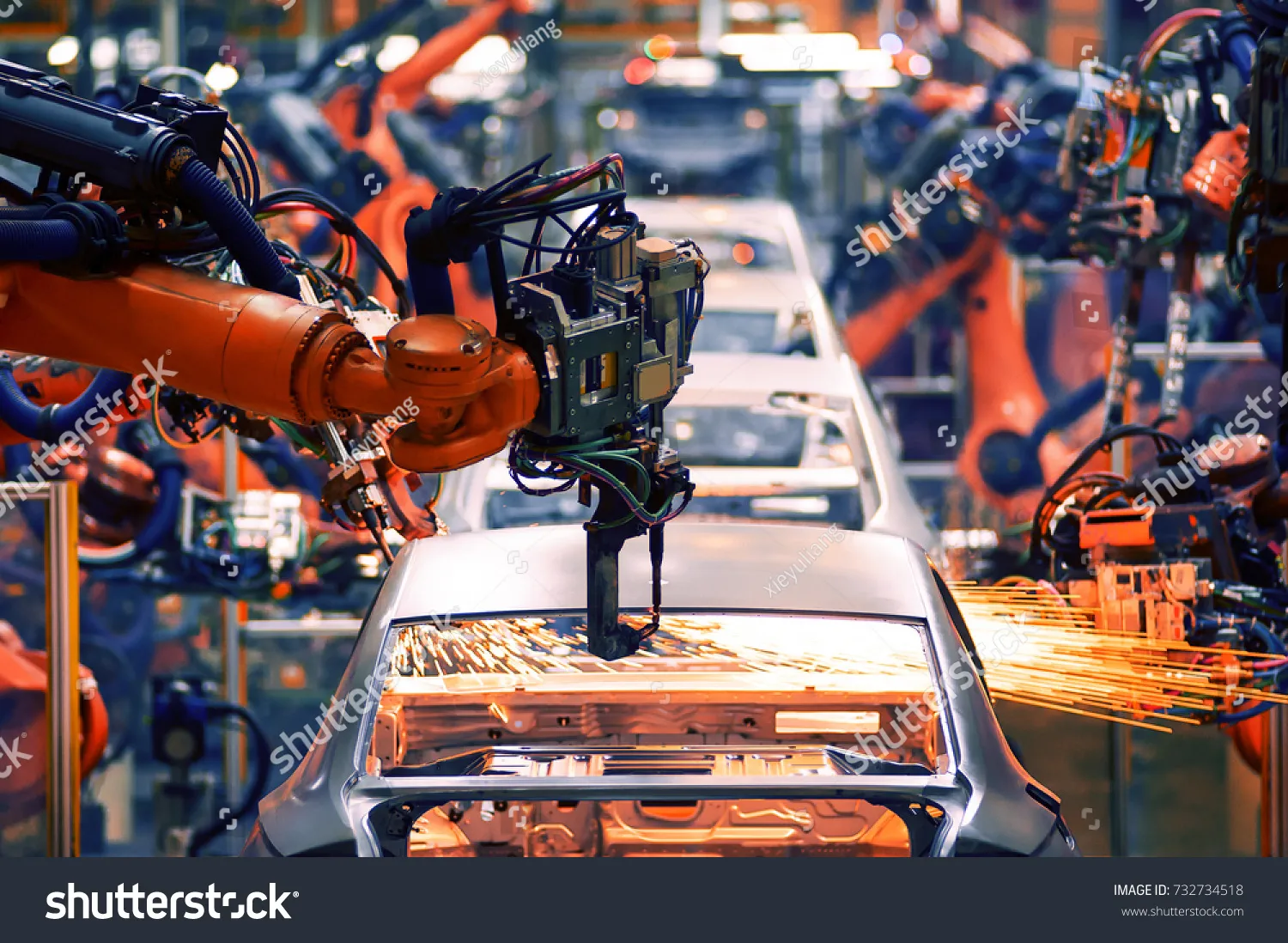
Diecast cars come in a wide variety of types, reflecting the diverse automotive landscape. Some popular types include classic cars, sports cars, trucks, and race cars. Collectors often specialize in particular types, such as vintage models, specific brands, or cars from a certain era. There are also military vehicles, construction vehicles, and even motorcycles available in diecast form. The variety ensures that there’s something for every collector, regardless of their interest. The detailing and accuracy of these models can vary greatly, from simple toys to highly detailed replicas. These differences depend on the manufacturer, scale, and intended market. This variety is one of the most appealing aspects of the hobby, enabling collectors to build diverse and personal collections.
Scales
Scales are an essential aspect of diecast car collecting, determining the size and proportion of the models. Common scales include 1:18, 1:24, 1:43, and 1:64, among others. The scale represents the ratio between the model and the actual vehicle. For example, a 1:18 scale model is 1/18th the size of the real car. Different scales cater to different preferences and collecting styles. Larger scales, like 1:18, offer more detail and are often preferred by serious collectors. Smaller scales, like 1:64, are more affordable and easier to display in large numbers. Understanding scales is crucial for organizing and displaying a collection, as it affects the amount of space required and the overall aesthetic. Collectors often choose a specific scale to focus on, allowing for a cohesive and visually appealing display.
Materials Used in Production
The production of diecast cars involves a variety of materials, primarily centered around diecast metal, which is the core component. This metal is typically a zinc alloy, chosen for its ability to be cast into intricate shapes and its durability. Other materials used include plastic for interior parts, tires, and sometimes the chassis. The windows are made from clear plastic, offering a view inside the car. Paint and decals are also crucial, adding color, details, and markings to the models. The quality of these materials greatly impacts the appearance and feel of the finished product, with higher-end models often using superior materials and more precise manufacturing processes. These choices contribute to the overall realism and longevity of the diecast cars.
Metal Diecasting
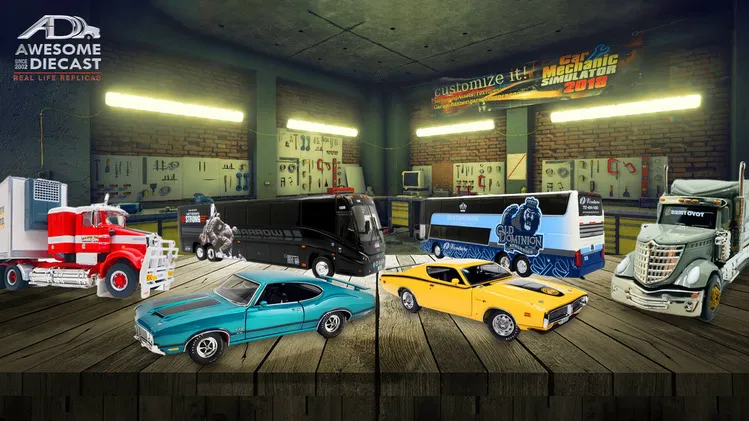
Metal diecasting is the primary manufacturing process for diecast cars. It involves injecting molten metal, typically a zinc alloy, under high pressure into a mold. The mold is a complex tool that determines the shape of the car’s body and other metal components. The molten metal solidifies rapidly within the mold, taking on the precise form of the car. This process allows for intricate details and shapes to be replicated with high accuracy. After cooling, the molded parts are removed from the mold and trimmed to remove excess material. This diecasting process is efficient, allowing for mass production while maintaining a high level of detail, making it a cornerstone of the diecast car industry. The quality of the diecast parts significantly affects the overall look and feel of the finished model.
Plastic Injection Molding
Plastic injection molding is another critical process used in diecast car production. It’s primarily used for creating the interior components, tires, chassis, and smaller details. In this process, molten plastic is injected into a mold, similar to diecasting, but using plastic instead of metal. The plastic cools and solidifies, taking the shape of the mold. This method is efficient for producing parts with complex geometries and textures. The use of plastic allows for lighter and more flexible components, contributing to the overall build of the model. High-quality plastic injection molding results in components that fit together precisely, enhancing the realism and durability of the diecast cars. Different types of plastics are used, depending on the desired properties and the specific application within the model.
Assembly
Assembly is a crucial stage in diecast car production, where the various components come together to form the final product. This involves attaching the metal diecast body, plastic interior, wheels, windows, and other details. The assembly process can be done by hand or with the aid of automated machinery, depending on the manufacturer and the level of detail. Precision is key during assembly, as even minor misalignments can affect the overall look of the model. Workers or machines carefully fit and secure each part, often using screws, adhesives, or snap-fit connections. The accuracy and care taken during assembly are crucial for the quality and durability of the finished diecast car. The final product should be a faithful and detailed replica of the original vehicle, ready for display or play.
Painting and Detailing
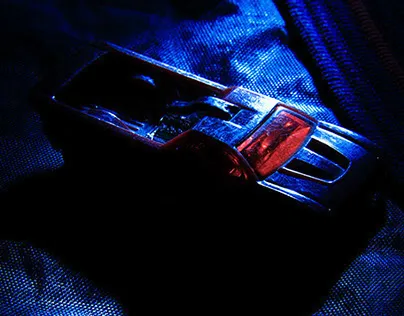
Painting and detailing bring the diecast car to life, adding color, markings, and intricate features. The paint is usually applied in multiple layers to achieve a smooth and durable finish. Different techniques, such as airbrushing and pad printing, are used to apply the paint and create detailed designs. Decals and tampo printing are then applied to add logos, stripes, and other markings. Detailing includes features like headlights, taillights, grilles, and interior components. High-end models often feature hand-painted details, adding to their realism and value. The paint job and detailing are essential in capturing the essence of the original car, making the diecast model visually appealing and accurate. This final stage significantly enhances the collectible value of the diecast car.
Quality Control
Quality control is essential throughout the entire production process to ensure that the diecast cars meet the desired standards. This involves inspecting each component and the final assembly for any defects or imperfections. Inspectors check for paint flaws, misalignments, and any other issues that could detract from the model’s appearance or quality. Different manufacturers have varying levels of quality control, which affects the overall value and desirability of the models. High-end brands often employ rigorous quality control measures, ensuring that each diecast car is a perfect replica of its real-life counterpart. Regular checks throughout the manufacturing process help identify and rectify problems early, resulting in a better finished product.
How to Start Your Collection
Starting a diecast car collection can be an exciting journey. Begin by identifying your interests. What types of cars do you love? Classic cars, race cars, trucks, or a specific brand? Knowing your preferences will guide your collecting efforts. Decide on a scale, as this will affect the size and display of your collection. Set a budget to manage your spending and avoid overextending yourself. Research and learn about the different brands, scales, and model variations to make informed decisions. Start small, acquiring a few models that resonate with you. As you build your collection, consider joining a collector’s club, connecting with other enthusiasts, and learning from their experiences.
Research and Decide
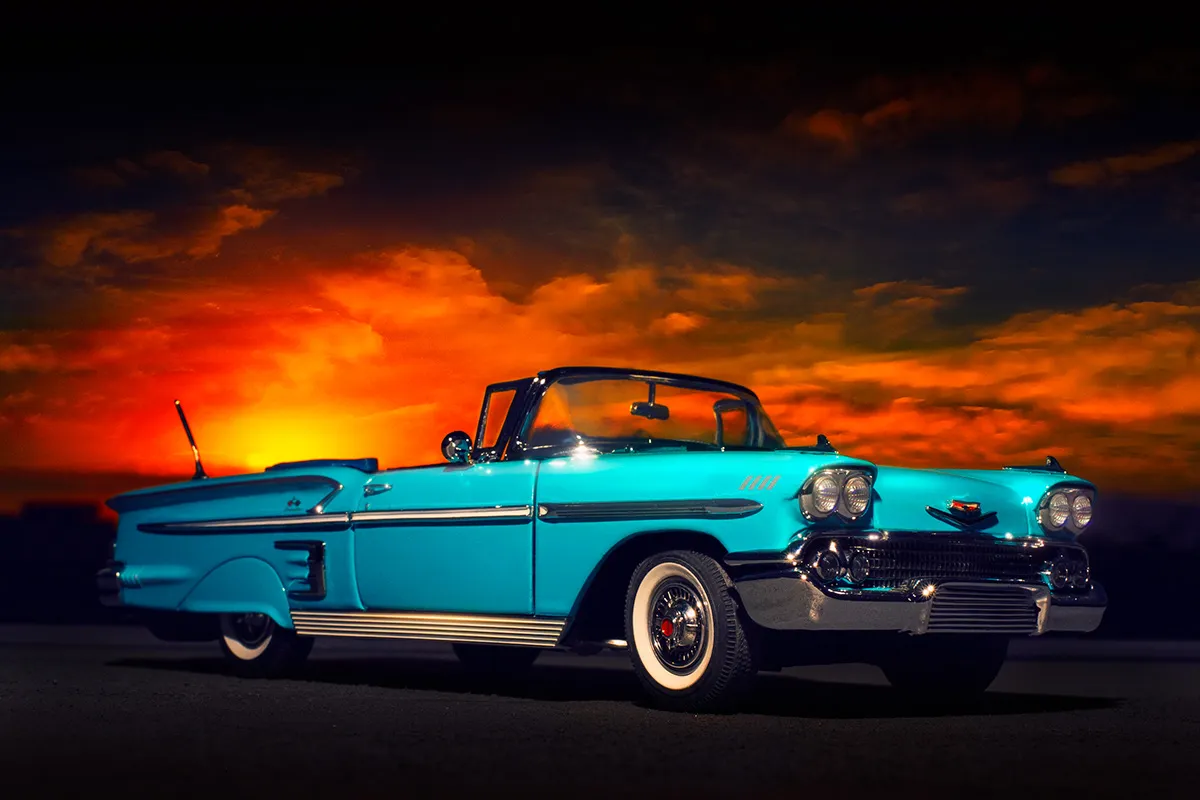
Thorough research is key to building a successful diecast car collection. Explore different brands, scales, and model variations. Familiarize yourself with the history of diecast cars and the manufacturers that produce them. Websites, forums, and collector’s guides provide valuable information on model specifications, rarity, and value. Determine the criteria for your collection. Are you interested in a specific era, brand, or type of car? This focus will help you make informed decisions and avoid impulsive purchases. Understanding the market and the value of the models is essential for making smart investments. Knowing what to look for will help you avoid fakes and identify valuable finds.
Set a Budget
Setting a budget is crucial for responsible collecting. Determine how much you are willing to spend on your collection each month or year. This budget will help you manage your spending and avoid overextending yourself. Be realistic about the costs involved, including the price of the models, display cases, and any accessories. Consider the long-term implications of your spending habits. Research the average prices of the models you want and the potential for appreciation in value. Sticking to your budget will help you build a diverse and enjoyable collection without financial strain. Be prepared to adjust your budget as needed, based on your collecting goals and market conditions.
Find Reputable Dealers
Finding reputable dealers is essential for acquiring authentic and quality diecast cars. Research online and local dealers to determine their reputations and reliability. Look for dealers with positive reviews, transparent pricing, and detailed product descriptions. Specialty shops often carry a wide selection and offer expert advice. Online marketplaces can be convenient, but be cautious and carefully review seller ratings and feedback. Consider attending car shows and events to meet dealers in person and inspect the models before purchasing. A reputable dealer will provide accurate information, stand behind their products, and offer a satisfying buying experience. Building relationships with trustworthy dealers is crucial for long-term collecting success.
Join a Collector’s Club
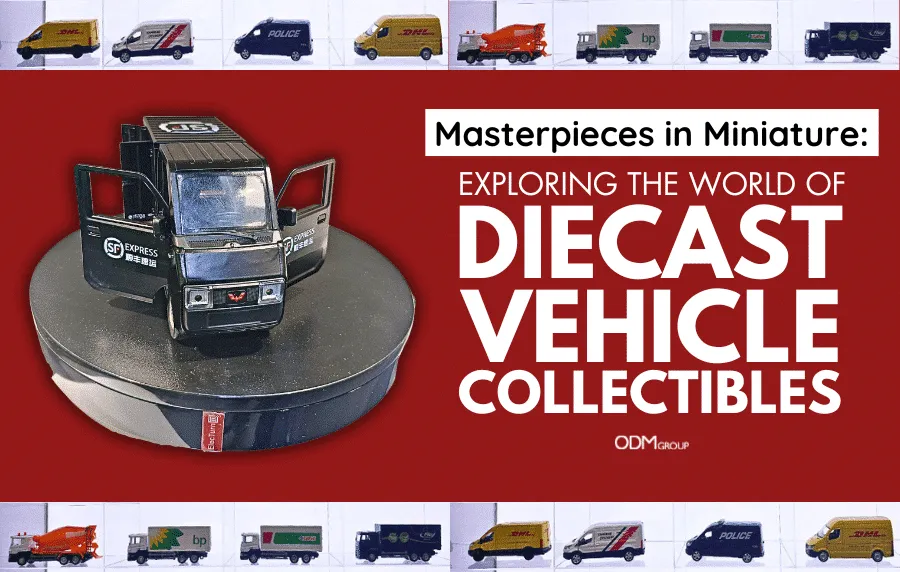
Joining a collector’s club offers numerous benefits for diecast car enthusiasts. These clubs provide a platform to connect with other collectors, share knowledge, and exchange tips. Members often have access to exclusive events, model releases, and discounts. Clubs also offer opportunities to learn about rare models, market trends, and collecting strategies. Attending meetings and events will expose you to a wide range of models and collecting styles. Participating in a collector’s club will enhance your collecting experience and create a supportive community. The camaraderie and shared passion for diecast cars make these clubs a valuable resource for both novice and experienced collectors.
Caring for Your Collection
Caring for your diecast car collection ensures its longevity and value. Proper storage is crucial, protecting the models from dust, sunlight, and temperature fluctuations. Displaying your collection in a controlled environment can prevent damage and preserve the models’ condition. Regular cleaning is essential, using a soft cloth and appropriate cleaning solutions to remove dust and debris. Avoid harsh chemicals or abrasive materials that could damage the paint. Handling the models with care minimizes the risk of scratches or other damage. Maintaining the original packaging, if available, can increase the model’s value over time. Consistent care and attention will preserve your investment and ensure that your collection remains a source of enjoyment for years to come.
Storage
Proper storage is essential for preserving the condition of your diecast car collection. Keep the models away from direct sunlight, which can fade the paint and damage the plastic components. Store your collection in a cool, dry place, avoiding extreme temperatures or humidity. Display cases are ideal for showcasing and protecting your models from dust. If you are storing models in boxes, use acid-free materials to prevent damage. Consider using archival-quality boxes and tissue paper to further protect the models. Regularly check your storage environment for any signs of moisture or pests. Following these storage guidelines ensures that your collection remains in top condition, ready to be enjoyed for years to come.
Cleaning
Cleaning your diecast car collection is a regular maintenance task. Use a soft, lint-free cloth to gently remove dust and debris from the models. Avoid using harsh chemicals or abrasive materials that could damage the paint or details. For stubborn dirt, you can use a mild soap solution, applying it carefully with a cotton swab or soft brush. Be sure to dry the models thoroughly after cleaning to prevent water spots. Pay attention to the intricate details, such as the wheels, grilles, and interior components. Regular cleaning will keep your collection looking its best and protect its value. Avoid excessive handling, as this can cause scratches or damage to the models.
Displaying
Displaying your diecast car collection is a crucial part of the hobby. Choose display cases or shelves that complement your collection and showcase the models effectively. Consider the lighting, ensuring that it doesn’t damage the models or create glare. Organize your models by type, scale, or brand to create a visually appealing display. Use descriptive labels to identify each model and provide information about its history and significance. Rotate your display periodically to keep things fresh and interesting. Consider using display stands to enhance the presentation of individual models. A well-designed display will showcase your collection and allow you to share your passion with others. Your display should be a reflection of your individual collecting interests and aesthetic preferences.
Maintenance
Regular maintenance is essential to ensure the longevity and preservation of your diecast car collection. Check your models for any signs of wear or damage, such as loose parts or faded paint. Address any issues promptly to prevent them from worsening. Regularly inspect the models for dust and debris, cleaning them as needed. Avoid exposing your collection to extreme temperatures or humidity. If you have models with moving parts, such as opening doors or wheels, lubricate them periodically to keep them functioning smoothly. Proper maintenance will preserve the condition of your models and maintain their value over time. By consistently providing care, you will keep your collection enjoyable for many years.
Where to Buy Diecast Cars
There are various places to purchase diecast cars, offering a range of options for collectors. Online marketplaces, such as eBay and Amazon, provide access to a vast selection of models from different sellers. Specialty shops that focus on diecast cars offer expert advice and a curated selection. Local toy stores may also carry a limited selection. Car shows and events are excellent opportunities to find rare models and connect with other collectors. Auctions can provide opportunities to acquire unique and valuable models. When buying, always check the seller’s reputation, model condition, and pricing. Comparing prices across different sources can help you make informed purchasing decisions. Consider your collecting goals and budget when deciding where to buy your models.
Online Marketplaces
Online marketplaces are a convenient and popular option for buying diecast cars. Platforms like eBay and Amazon provide a wide selection of models from various sellers. These sites offer the convenience of browsing and buying from the comfort of your home. Read seller feedback and reviews before making a purchase. Scrutinize photos carefully to assess the model’s condition. Take advantage of filters to narrow down your search and find the models you are looking for. Make sure to consider shipping costs and return policies before completing your purchase. Online marketplaces can be a great resource for expanding your collection, offering access to a global market of sellers and a vast array of models. However, it’s crucial to exercise caution and diligence when buying online.
Specialty Shops
Specialty shops dedicated to diecast cars offer a more curated and personalized buying experience. These shops typically carry a selection of high-quality models, often including rare or limited-edition pieces. The staff are knowledgeable and can provide expert advice on models, brands, and collecting strategies. The chance to inspect the models in person is a major advantage. You can assess their condition and details before making a purchase. Specialty shops often have a strong understanding of the diecast car market and can offer valuable insights. These shops provide a more reliable buying experience, with a focus on customer service. Building relationships with shop owners and staff can also lead to finding rare models and exclusive opportunities.
Car Shows and Events
Car shows and events provide unique opportunities to buy diecast cars and connect with the collecting community. These events bring together dealers, collectors, and enthusiasts. You can browse a wide selection of models, often including rare and hard-to-find pieces. Car shows offer a chance to inspect the models in person, discuss their details, and negotiate prices. It’s a great opportunity to network with other collectors, share knowledge, and expand your collecting circle. Attending these events will also enhance your appreciation of the hobby, providing you with unique insights and inspiration. Always remember to bring cash, as many dealers may not accept credit cards. Car shows are a fantastic way to find new models and immerse yourself in the diecast car world.
Popular Diecast Car Brands
Several brands have become highly popular among diecast car collectors. Hot Wheels and Matchbox are iconic brands known for their affordable and collectible models. Autoart and Minichamps are well-regarded for their high-detail and accurate reproductions. Maisto and Bburago offer a good balance of quality and price. CMC and Exoto produce premium models with exceptional detail and craftsmanship. When building your collection, consider the brands and models that best align with your interests and collecting goals. Researching different brands will help you determine which manufacturers produce the types of diecast cars you want to focus on. Different brands offer varying levels of detail, scale options, and historical significance. Exploring these brands can lead you to discover fascinating models that will enhance your collection.
